When considering the Kanchenjunga Base Camp Trek, travelers should know it’s not just about the stunning views of the world’s third-highest peak; it’s an opportunity to take in the rich tapestry of local cultures, from the Limbu to the Sherpa communities. The trek’s duration varies, typically lasting 12 to 18 days, and offers a chance to experience diverse ecosystems, including vibrant rhododendron forests. However, before packing those trekking boots, understanding the nuances of preparation and the best times to embark can make all the difference in this adventure. What other insights might enhance the trek experience?
Key Points
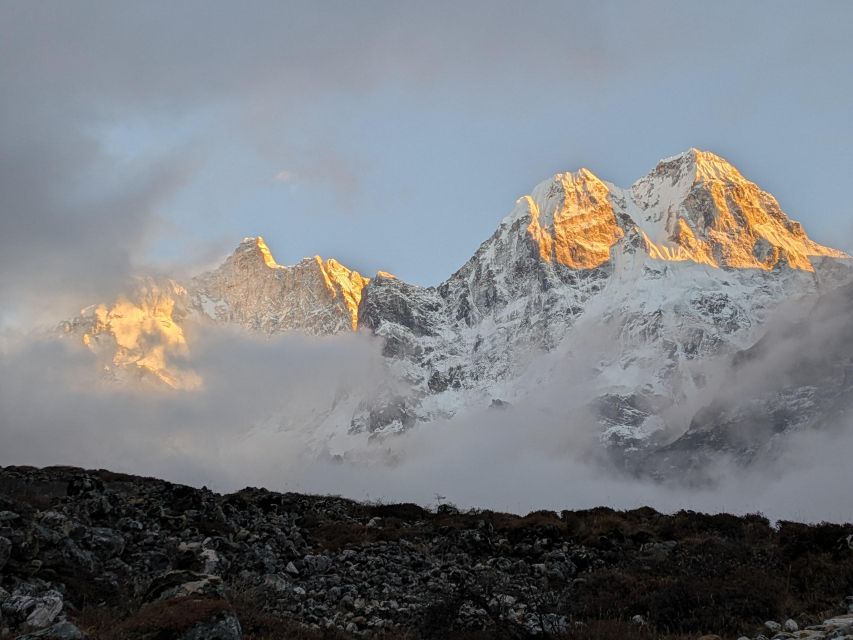
- The Kanchenjunga Base Camp Trek offers breathtaking views of Kanchenjunga and six other peaks over 8000 meters in eastern Nepal.
- Trekkers enjoy the diverse cultures of local ethnic groups, including Limbu, Rai, Sherpa, and Brahmin.
- The trek lasts 12 to 18 days, with routes to both North and South Base Camps, requiring acclimatization days for safety.
- Best trekking seasons are Spring (April-May) and Autumn (October-November) for stable weather and clear mountain views.
- The Kanchenjunga Conservation Area is rich in biodiversity, offering chances to spot red pandas and snow leopards in their natural habitat.
Trek Overview and Highlights
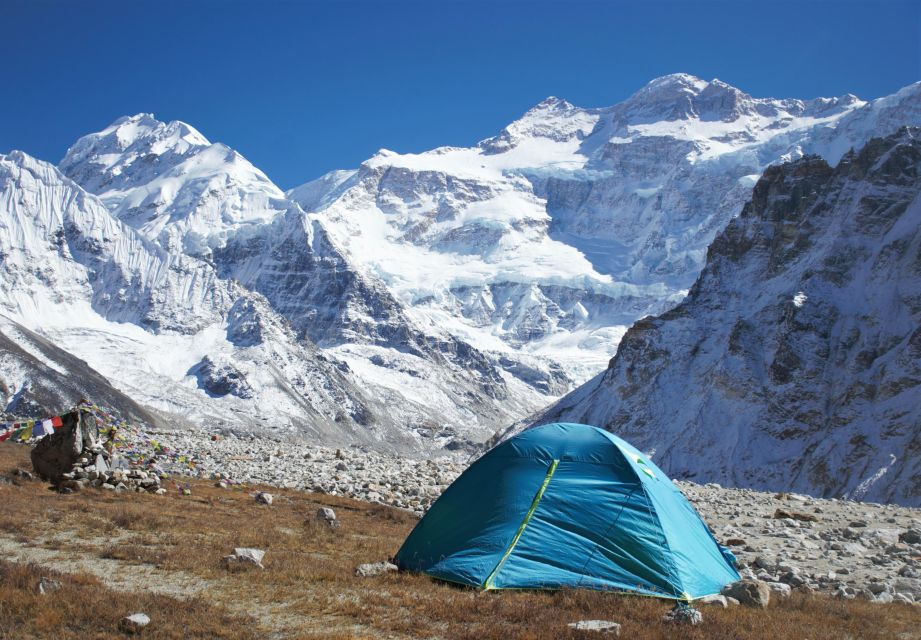
The Kanchenjunga Base Camp Trek is an unforgettable adventure that takes trekkers through stunning landscapes, diverse wildlife, and vibrant cultures in eastern Nepal.
As they traverse this magnificent region, trekkers get to experience the rich lifestyles of local ethnic groups like the Limbu, Rai, Sherpa, and Brahmin.
Along the way, they’ll marvel at views of seven towering mountains above 8000 meters and wander through the vivid rhododendron forests of Milke Danda.
This wilderness camping trek offers breathtaking sights of Kanchenjunga, the world’s third-highest peak, while also providing a unique chance to touch the borders of China and India.
It’s a blend of nature, culture, and adventure that’s sure to leave a lasting impression.
Trek Itinerary and Duration
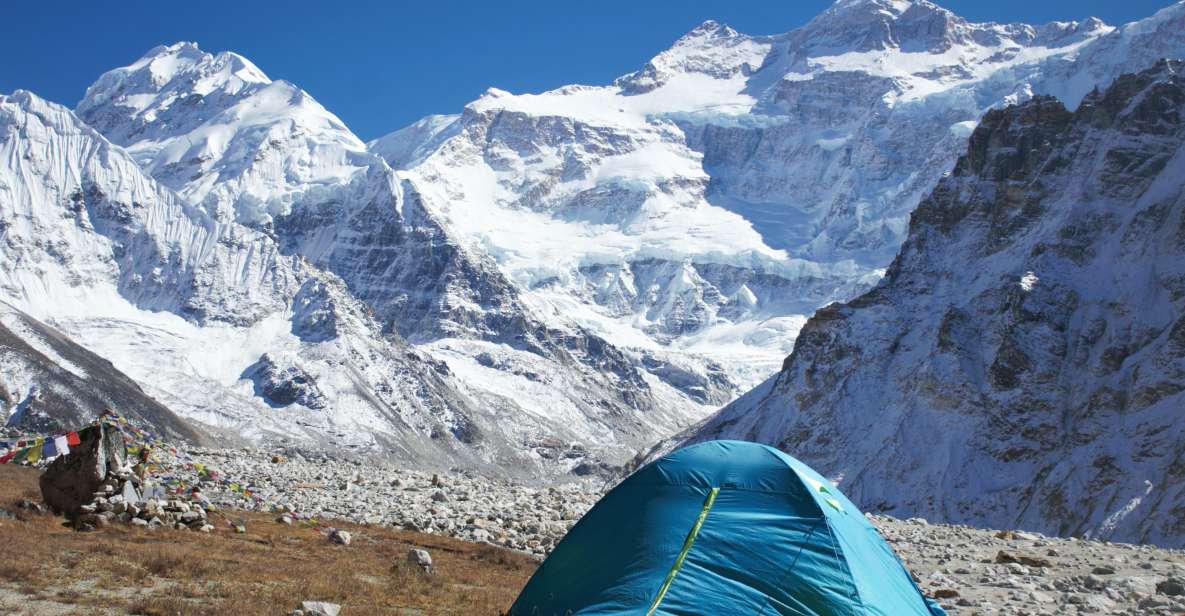
Starting the Kanchenjunga Base Camp Trek typically kicks off from Suketar or Taplejung, setting the stage for an adventure that can last anywhere from 12 to 18 days, depending on the chosen itinerary and weather conditions.
Trekking to the North Base Camp (Pangpema) or the South Base Camp (Yalung Base Camp) involves stunning landscapes and rich cultural experiences. It’s crucial to plan for acclimatization days to ensure a safe journey.
The best seasons to trek are Spring (April-May) and Autumn (October-November), offering stable weather and clearer skies.
Throughout the trek, trekkers can enjoy the vibrant cultures of local ethnic groups, adding depth to their experience amidst the breathtaking scenery of the world’s third-highest mountain.
Conservation and Biodiversity
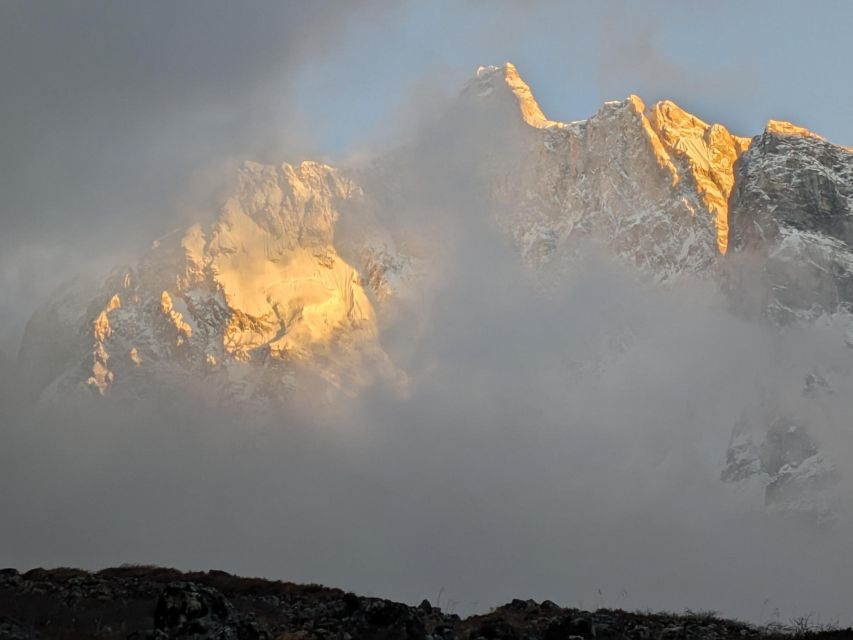
Exploring the Kanchenjunga Conservation Area offers trekkers a chance to witness rare wildlife and diverse ecosystems that highlight the region’s rich biodiversity. This protected area, spanning 2,035 km², is a treasure trove for nature lovers.
Trekkers can look forward to:
-
Spotting elusive red pandas in their natural habitat.
-
Observing majestic snow leopards roaming the rugged terrain.
-
Discovering unique plant species, including endemic orchids.
-
Learning about local conservation efforts from passionate guides.
Inclusions and Services
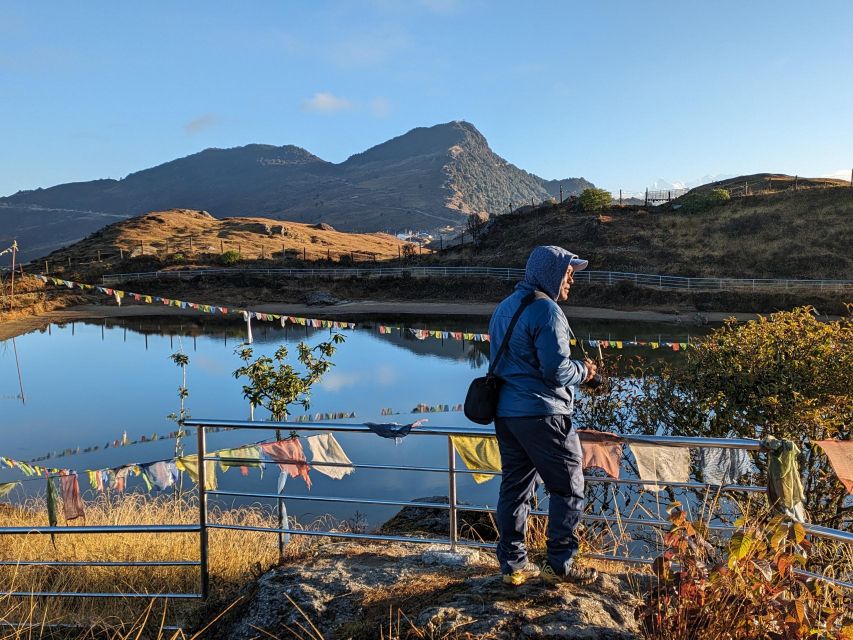
Trekkers can look forward to a comprehensive package of inclusions and services that ensure a comfortable and enjoyable experience throughout the Kanchenjunga Base Camp Trek. They’ll receive airport and hotel transfers by private vehicle, along with cozy accommodations in Kathmandu, including breakfast.
During the trek, three hearty meals daily keep energy levels high. An experienced, English-speaking guide leads the way, and each trekker gets a porter for added support.
Essential gear like sleeping bags, down jackets, and a first aid kit enhances safety and comfort. Plus, all necessary permits and conservation fees are covered.
This thoughtful arrangement allows trekkers to enjoy the stunning landscapes and unique cultures without worrying about logistics.
Exclusions and Additional Costs
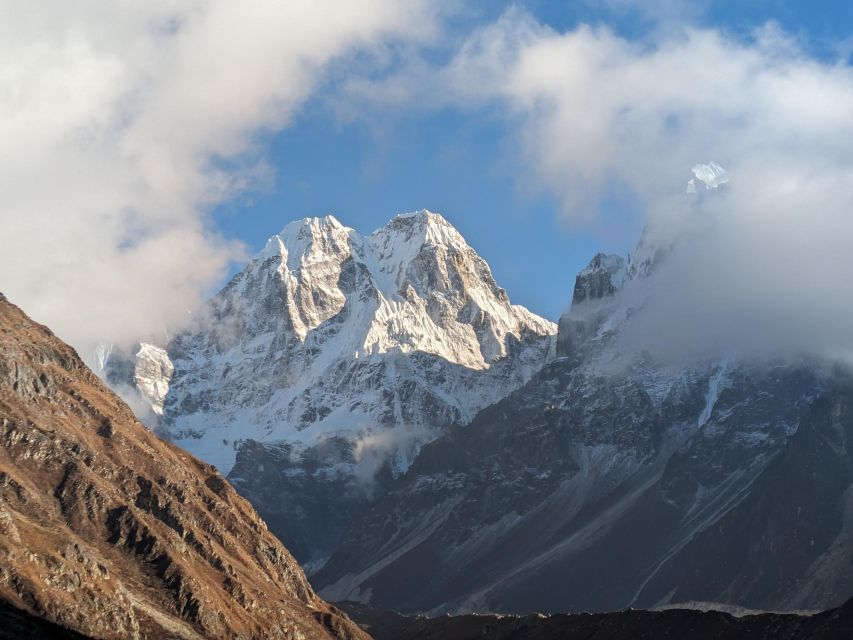
While the trek package covers many essentials, there are some exclusions and additional costs that trekkers should keep in mind to ensure a smooth adventure. Being aware of these can help avoid surprises along the way. Here are a few key items to consider:
-
Beverage and bar bills: Alcohol and soft drinks aren’t included, so plan accordingly.
-
Nepal entry visa: Don’t forget to budget for this when arriving.
-
Tips for guides and porters: A customary practice that shows appreciation for their hard work.
-
Extra accommodation: If you arrive early or depart late, you’ll need to cover those additional nights.
Understanding these costs helps trekkers enjoy their journey without the stress of unexpected expenses.
Best Time to Trek
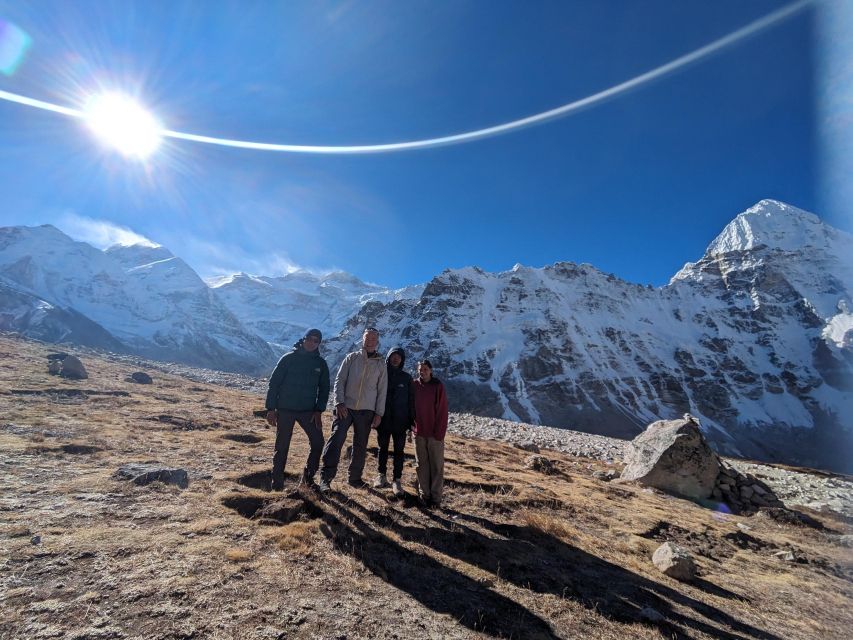
The best times to trek to Kanchenjunga Base Camp are typically during the spring months of April and May, as well as the autumn months of October and November, when the weather is stable and the skies are clear.
During these seasons, trekkers can enjoy breathtaking views of the mountains, lush rhododendron blooms, and vibrant local festivals. Spring brings warmer temperatures, perfect for exploring the diverse cultures of the Limbu, Rai, and Sherpa communities.
In autumn, the crisp air enhances visibility, making it ideal for photography. While trekking, it’s wise to check weather forecasts frequently, as conditions can change rapidly in the mountains.
Planning around these months ensures a memorable adventure without too many weather-related setbacks.
Preparation and Packing Tips
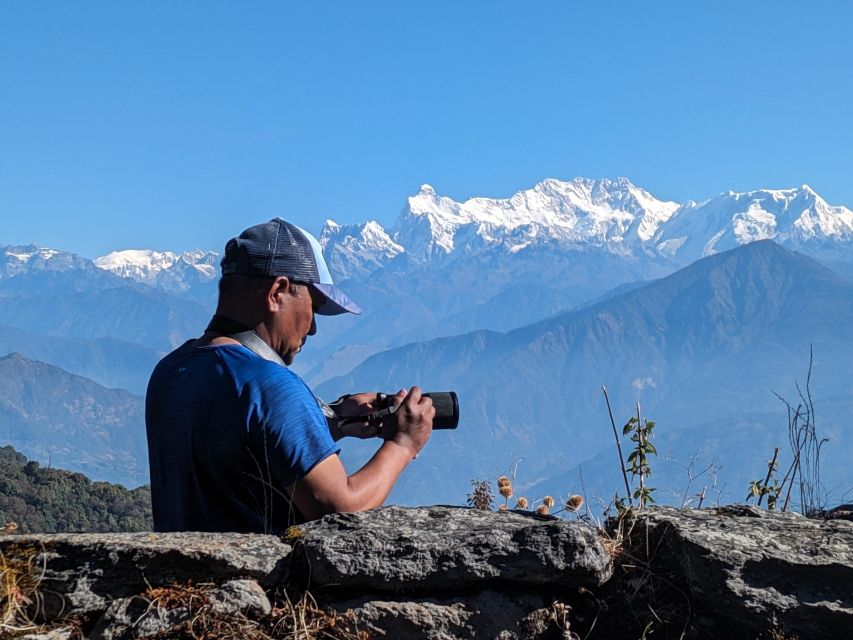
Before setting off on the Kanchenjunga Base Camp Trek, it’s crucial to gather essential gear and supplies that cater to the unique challenges of the Himalayan environment. Proper preparation can make a significant difference in comfort and safety during the trek.
Here are four must-have items to pack:
-
Layered Clothing: Invest in moisture-wicking base layers, insulating mid-layers, and a waterproof outer layer to adapt to fluctuating temperatures.
-
Trekking Boots: A good pair of sturdy, waterproof trekking boots ensures stability on rocky terrain.
-
Sleeping Bag: Opt for a lightweight, down sleeping bag rated for cold temperatures to ensure a restful night’s sleep.
-
First Aid Kit: A compact first aid kit with essentials like band-aids, antiseptics, and altitude sickness medication is vital for unforeseen situations.
With these essentials, trekkers can embrace the adventure with confidence!
Cultural Experiences Along the Trek
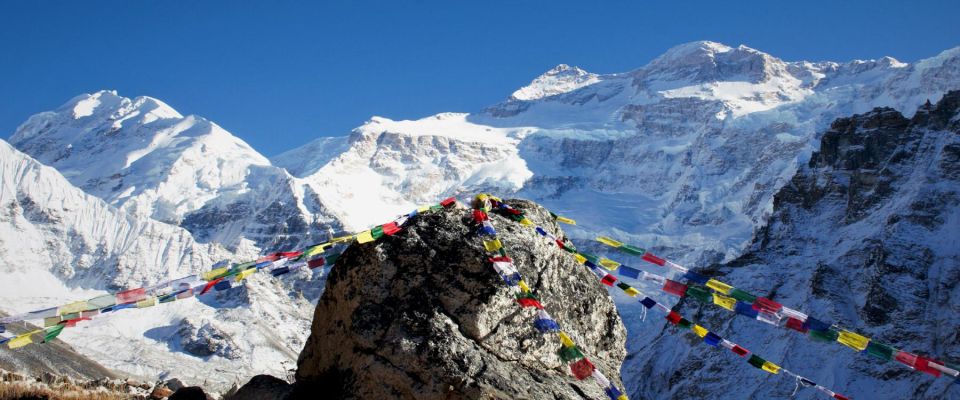
Packing the right gear sets trekkers up for success, but experiencing the vibrant cultures along the Kanchenjunga Base Camp Trek adds a rich layer to the adventure.
As trekkers wind through the valleys, they’ll encounter the warm hospitality of the Limbu, Rai, and Sherpa communities. Stopping in local teahouses offers a chance to savor traditional dishes like dal bhat while sharing stories with friendly locals.
Engaging in cultural rituals, like morning prayers at small monasteries, deepens the journey. Trekkers should also embrace the opportunity to learn a few local phrases; it goes a long way in bridging gaps.
Connecting with these unique cultures transforms the trek from a simple hike into a memorable cultural exchange.
Frequently Asked Questions
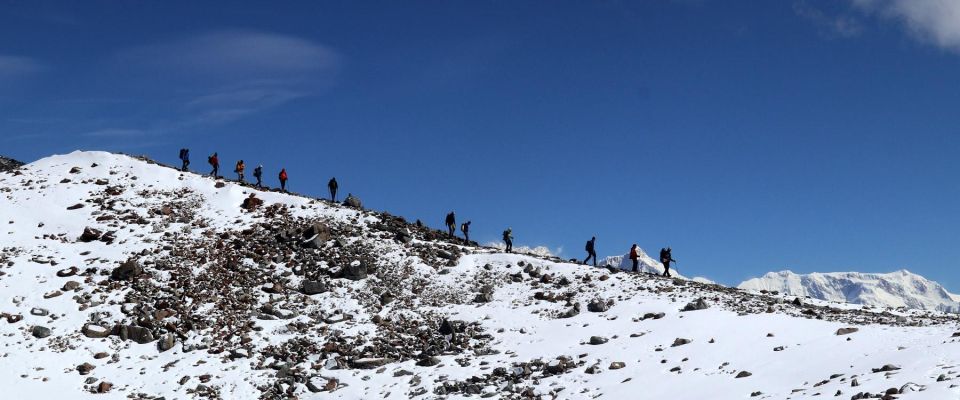
What Fitness Level Is Required for the Kanchenjunga Base Camp Trek?
For challenging treks, a moderate fitness level’s essential. Regular cardio, strength training, and hiking practice prepare trekkers. Embracing local culture and stunning views keeps motivation high, making the journey enjoyable despite physical demands.
Are There Any Altitude Sickness Precautions Recommended for This Trek?
When trekking at high altitudes, it’s crucial to acclimatize properly. He should ascend slowly, stay hydrated, and listen to his body. If symptoms arise, descending immediately helps prevent serious altitude sickness complications.
Is There Mobile Connectivity During the Trek?
While trekking, he found mobile connectivity varies. In lower areas, it’s decent, but as elevation increases, it often drops. He recommended checking with locals for options and staying prepared for offline adventures.
What Are the Restroom Facilities Like on the Trek?
When it comes to restroom facilities, trekkers usually find basic options. Most camps have makeshift toilets, while some areas might lack facilities entirely. It’s wise to carry personal supplies and be prepared for outdoor experiences.
Can I Customize My Trekking Itinerary?
She can absolutely customize her trekking itinerary. Many guides offer flexibility to accommodate personal interests and preferences, ensuring a more enriching experience. It’s a great way to explore unique cultural and natural highlights along the route.
Not for you? Here's more of our most recent tour reviews happening neaby
Recap
The Kanchenjunga Base Camp Trek is a truly remarkable journey that combines stunning natural beauty with rich cultural experiences.
Trekkers can expect unforgettable views, diverse wildlife, and the warmth of local communities.
With proper preparation and the right timing, adventurers can fully embrace this unique trek.
So, lace up those hiking boots, pack your bags, and get ready for an experience that’ll leave you with lasting memories and a deeper appreciation for the wonders of eastern Nepal!
